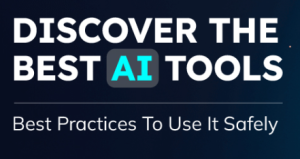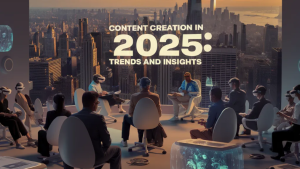AI in Content Writing 2025: The New Normal
AI in Content Writing 2025: The New Normal
Let’s talk about the 2025 techniques. You might think it is already 2025, end yes, it is. We are 7 months past the year we have already had AI in content writing in 2015.
Let’s see the Timeline of AI in Content Writing:

- 2015–2017:
Basic AI writing tools emerged, focusing on grammar checks and sentence suggestions (e.g., Grammarly, Hemingway). - 2018–2020:
AI began generating short-form content like headlines, ads, and basic articles (e.g., tools like Articoolo and Wordsmith by Automated Insights). - 2020–2022:
The launch of GPT-3 by OpenAI revolutionized AI writing by enabling tools like Jasper, Copy.ai, and Writesonic to create long-form, semi-coherent content.
- 2023–2024:
Widespread adoption in marketing, journalism, and SEO. AI was used not only to generate content but to optimize, personalize, and translate it. - 2025 (Now): let’s talk about this year briefly, which is
AI is fully embedded in most content workflows. Writers collaborate with AI to:- Brainstorm ideas
- Generate and rewrite content
- Match brand tone
- Optimize for SEO
- Translate and localize content
- Maintain consistency across platforms
Key Shifts in 2025:

- Human + AI Collaboration: Writers use AI as a brainstorming partner, not just a typing tool.
- Personalization at Scale: AI creates content tailored to individual reader segments in real time.
- Multilingual Efficiency: Instant content translation and localization broaden global reach.
- SEO Supercharged: AI now predicts ranking success before you publish.
- Voice & Tone Matching: AI mimics brand voice with precision, reducing the need for multiple revisions.
- Compliance + Quality Checks: Real-time grammar, plagiarism, and compliance detection.
Tools Leading the Change:

Platforms like Jasper, Writesonic, Copy.ai, and custom GPT-based models are now embedded in most content workflows—from newsletters and blogs to landing pages and ad copy.
Roshney Changed status to publish July 9, 2025


